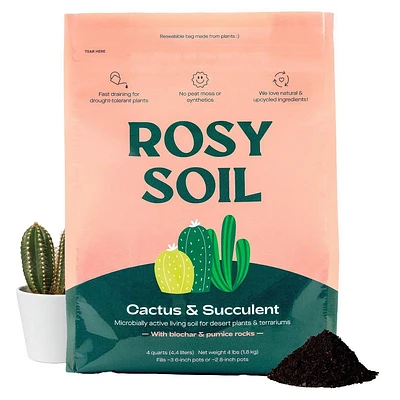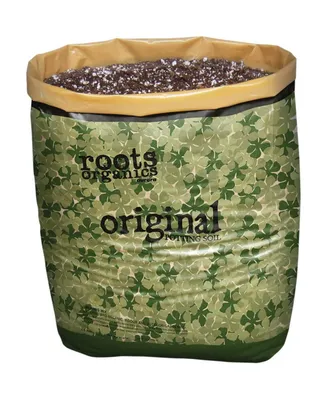Home
Soil Organic Carbon and Feeding the Future: Basic Processes
Loading Inventory...
Barnes and Noble
Soil Organic Carbon and Feeding the Future: Basic Processes
Current price: $230.00


Barnes and Noble
Soil Organic Carbon and Feeding the Future: Basic Processes
Current price: $230.00
Loading Inventory...
Size: Hardcover
*Product Information may vary - to confirm product availability, pricing, and additional information please contact Barnes and Noble
Soil organic matter (SOM) is a highly reactive constituent of the soil matrix because of its large surface area, high ion exchange capacity, enormous affinity for water due to hygroscopicity, and capacity to form organo-mineral complexes. It is an important source and sink of atmospheric CO
2
and other greenhouse gases depending on climate, land use, soil and crop management, and a wide range of abiotic and biotic factors, including the human dimensions of socioeconomic and political factors. Agroecosystems are among important controls of the global carbon cycle with a strong impact on anthropogenic or abrupt climate change.
This volume of
Advances in Soil Sciences
explains pedological processes set-in-motion by increases in SOM content of depleted and degraded soils. It discusses the relationship between SOM content and critical soil quality parameters including aggregation, water retention and transport, aeration and gaseous exchange, and chemical composition of soil air. The book identifies policy options needed to translate science into action for making sustainable management of SOM as a strategy for adaptation to and mitigation of climate change.
Features:
Relates soil organic matter stock to soil processes, climate parameters, vegetation, landscape attributes
Establishes relationships between soil organic matter and land use, species, and climate
Identifies land use systems for protecting and restoring soil organic matter stock
Links soil organic matter stock with the global carbon cycle for mitigation of climate change
Part of the
series, this volume will appeal to agricultural, environmental, and soil scientists demonstrating the link between soil organic matter stock and provisioning of critical ecosystem services for nature and humans.
2
and other greenhouse gases depending on climate, land use, soil and crop management, and a wide range of abiotic and biotic factors, including the human dimensions of socioeconomic and political factors. Agroecosystems are among important controls of the global carbon cycle with a strong impact on anthropogenic or abrupt climate change.
This volume of
Advances in Soil Sciences
explains pedological processes set-in-motion by increases in SOM content of depleted and degraded soils. It discusses the relationship between SOM content and critical soil quality parameters including aggregation, water retention and transport, aeration and gaseous exchange, and chemical composition of soil air. The book identifies policy options needed to translate science into action for making sustainable management of SOM as a strategy for adaptation to and mitigation of climate change.
Features:
Relates soil organic matter stock to soil processes, climate parameters, vegetation, landscape attributes
Establishes relationships between soil organic matter and land use, species, and climate
Identifies land use systems for protecting and restoring soil organic matter stock
Links soil organic matter stock with the global carbon cycle for mitigation of climate change
Part of the
series, this volume will appeal to agricultural, environmental, and soil scientists demonstrating the link between soil organic matter stock and provisioning of critical ecosystem services for nature and humans.


















